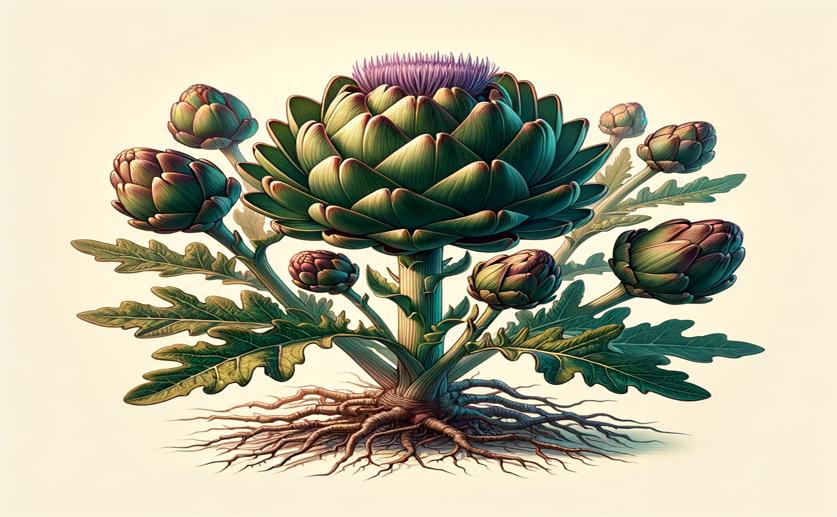
Early Flowering in Globe Artichoke Linked to Lower Need for Cold Weather
Greg Howard
20th September, 2024

Image Source: Natural Science News, 2024
Key Findings
- The study focused on understanding early bolting in globe artichokes, a key breeding objective
- Early-bolting globe artichokes require less cold exposure (vernalization) to flower compared to late-bolting types
- The research identified key genetic regulators (SOC1, FUL, AP1) linked to the flowering process, aiding future breeding programs
AgricultureGeneticsPlant Science
References
Main Study
1) A reduced vernalization requirement is a key component of the early-bolting trait in globe artichoke (Cynara cardunculus var. scolymus).
Published 20th September, 2024
https://doi.org/10.1016/j.isci.2024.110829
Related Studies
2) Seasonal and developmental timing of flowering.
3) The control of flowering time by environmental factors.
4) Medicago truncatula SOC1 Genes Are Up-regulated by Environmental Cues That Promote Flowering.



 26th August, 2024 | Greg Howard
26th August, 2024 | Greg Howard